Americans love traditions, from holiday customs to everyday habits that shape our routines. Many of these practices have deep historical roots but might not make much sense in today’s world. Yet we continue them almost automatically, rarely stopping to question why. Here’s a look at 15 outdated traditions that have somehow managed to stick around in American culture despite changing times.
1. Wearing White After Labor Day

Fashion rules once divided social classes, with wealthy Americans wearing white during summer vacations and storing those clothes after Labor Day. The working class couldn’t afford separate wardrobes, making this distinction a status symbol.
Today’s fashion experts largely dismiss this outdated rule. Modern fabrics and climate-controlled environments have eliminated practical reasons for seasonal clothing restrictions.
Still, many Americans hesitate before donning white pants in October, showing how deeply ingrained these arbitrary rules remain. What began as class signaling continues as a whispered fashion guideline that most people follow without knowing why.
2. Tipping 15-20% at Restaurants

Americans calculate tips with mathematical precision while diners elsewhere enjoy all-inclusive pricing. This custom originated during Prohibition when restaurants, unable to profit from alcohol sales, encouraged tipping to supplement server wages.
Restaurant owners eventually lobbied for a separate, lower minimum wage for tipped workers. The practice shifted responsibility for employee compensation from employers to customers.
The result? A confusing system where service workers depend on customer generosity rather than stable wages. Most Americans continue this tradition without question, calculating percentages after meals while visitors from other countries remain baffled by our complicated dining math.
3. Throwing Rice at Weddings
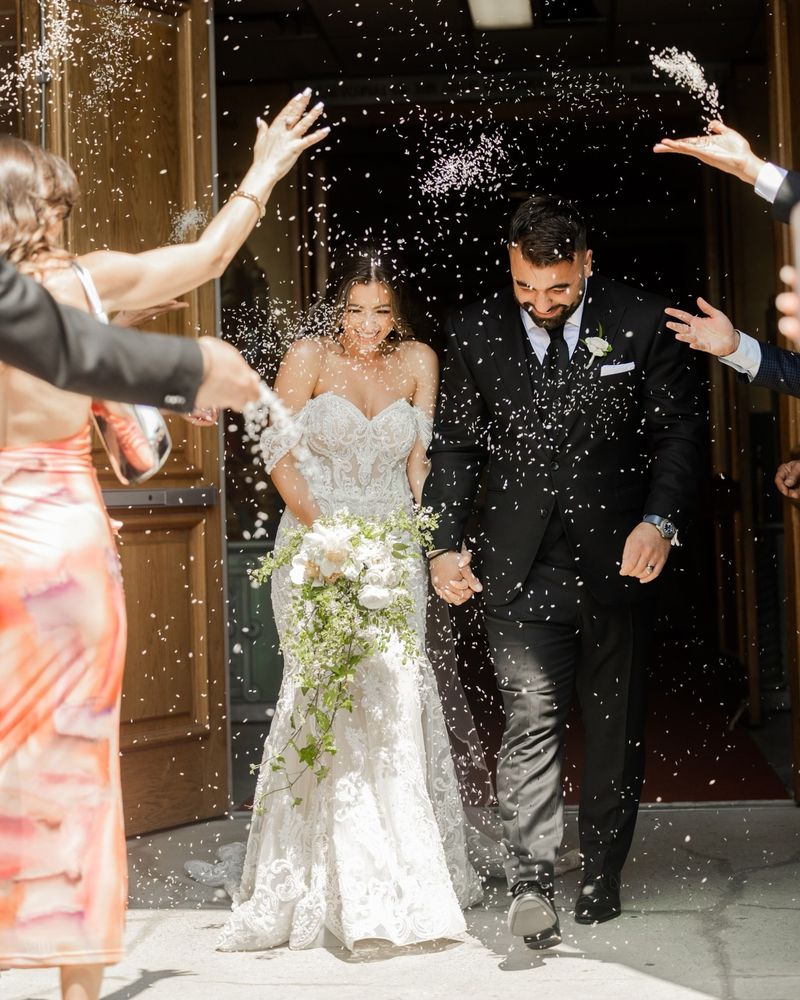
Newlyweds ducking under showers of tiny white grains represents one of America’s most persistent wedding traditions. The practice symbolizes wishes for fertility and prosperity, dating back to ancient times when rice represented life and abundance.
Modern concerns about bird safety (largely debunked) and venue cleanup have prompted many couples to choose alternatives like bubbles or flower petals. Yet the image of rice-throwing remains firmly embedded in wedding iconography.
Many couples continue this tradition simply because it feels expected, even as wedding planners suggest more practical options. The persistence shows how ceremonial gestures often outlive their original meaning.
4. The “No Socks with Sandals” Rule

Fashion police have long declared this combination the ultimate style crime. Germans and other Europeans wear this practical pairing without shame, yet Americans treat it as a cardinal fashion sin.
The origin of this rule remains murky, likely stemming from the clash between casual footwear and formal hosiery. Comfort-seeking Americans might secretly crave this forbidden combination, especially in transitional weather.
High-end designers occasionally feature socks with sandals on runways, temporarily making the taboo trendy. Despite these brief fashion moments, most Americans still cringe at the sight, adhering to an unwritten style commandment whose rationale few can articulate beyond “it just looks wrong.”
5. Thanksgiving Turkey
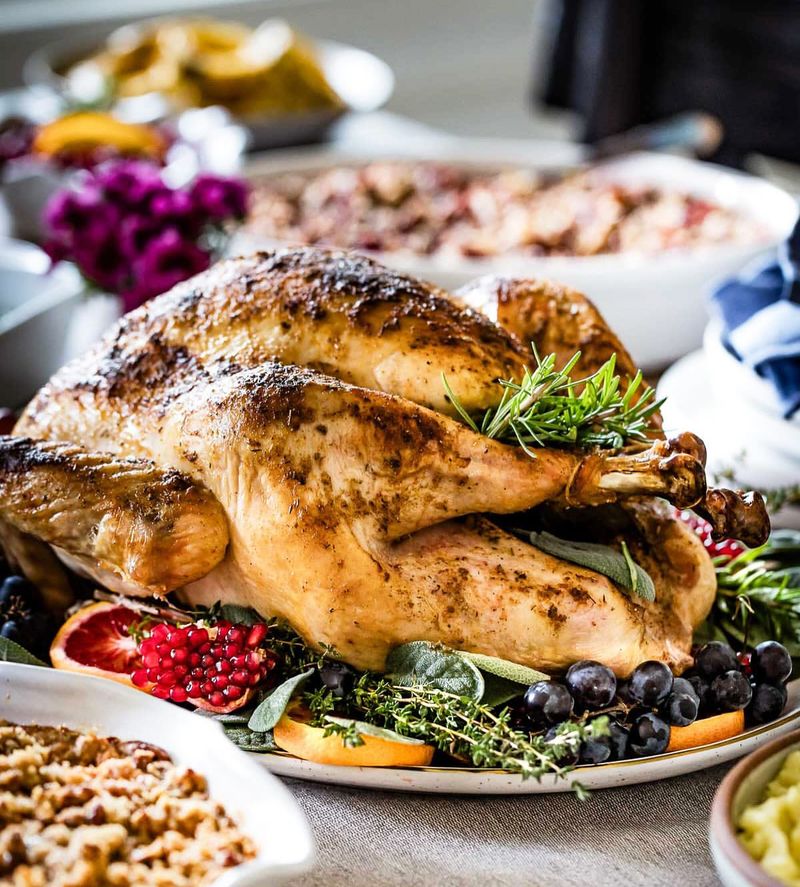
The massive bird dominating Thanksgiving tables represents America’s culinary patriotism. Historical records suggest the Pilgrims more likely ate waterfowl and venison, not turkey, at their harvest celebration.
Turkey became the centerpiece through a combination of availability, size (perfect for feeding large gatherings), and promotion by influential figures like Sarah Josepha Hale, who campaigned for Thanksgiving as a national holiday. Modern families spend hours preparing a protein many admit they don’t particularly enjoy.
Alternative main dishes often face resistance from tradition-minded family members. Many hosts continue roasting these challenging birds despite rising costs, ethical concerns about factory farming, and the infamous difficulty of cooking them properly.
6. Saturday Night Dinner on the Table
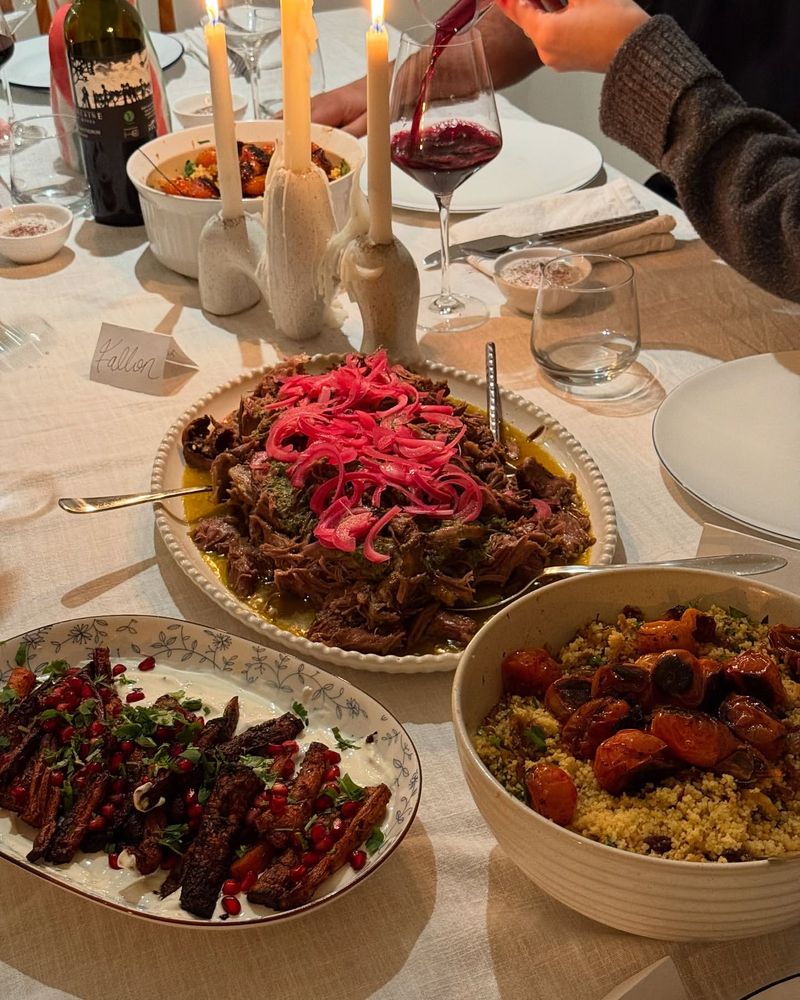
Norman Rockwell-esque images of families gathered around dining tables for Saturday night meals persist in American nostalgia. This tradition flourished in the mid-20th century when work schedules, shopping patterns, and entertainment options were more limited and predictable.
Today’s families juggle sports practices, work commitments, and social activities that rarely align for consistent weekly meals. Fast food, delivery services, and microwave dinners have replaced the elaborate Saturday night spreads once considered mandatory.
Despite this reality, many Americans feel guilty about not maintaining this idealized ritual. The concept remains a powerful symbol of family togetherness even as practical obstacles make it increasingly rare in actual households.
7. “Happy Birthday” Song at Every Celebration

The familiar melody rings out approximately 365 days per year in every American’s life. Written in 1893 by sisters Patty and Mildred Hill, this song became so ubiquitous that Warner/Chappell Music collected licensing fees until 2016 when courts finally declared it public domain.
Americans stand awkwardly singing these same 25 seconds year after year, regardless of the recipient’s preferences. The tradition creates particularly uncomfortable moments for introverts who must smile through an attention spotlight they never requested.
Few question whether everyone enjoys this ritual or if alternative celebrations might better honor individual preferences. The song persists as birthday shorthand, despite many adults secretly wishing for a quick “cheers” instead of the full performance.
8. Monday Morning Coffee as a Must

“Don’t talk to me until I’ve had my coffee” mugs and memes reflect America’s unquestioned coffee dependence. The Monday morning ritual of caffeinating before productivity can begin has transformed from preference to cultural requirement.
Coffee breaks became standardized during the Industrial Revolution when factory workers needed scheduled pauses. Today’s office culture continues this tradition, with elaborate coffee stations and expensive machines signaling workplace status.
Few Americans question whether their bodies actually need this stimulant or if adequate sleep might better address energy issues. The coffee-industrial complex thrives on our collective agreement that Mondays require chemical assistance, creating a self-perpetuating cycle where tiredness justifies caffeine which then disrupts sleep.
9. New Year’s Resolutions

Americans ritually promise self-improvement as December ends, despite knowing these commitments rarely survive February. This tradition dates back 4,000 years to ancient Babylonians making promises to their gods at the year’s beginning.
Gym memberships spike in January before attendance plummets by March. Diet books top bestseller lists in early winter, then collect dust by spring.
Psychology research consistently shows that habit formation requires specific techniques beyond annual declarations. Yet Americans continue this cycle of resolution and abandonment year after year, rarely questioning why we set ourselves up for predictable failure instead of implementing smaller, sustainable changes throughout the year.
10. Pledge of Allegiance in Schools

American schoolchildren stand with hands over hearts daily, reciting words many don’t fully understand. Written in 1892 by socialist minister Francis Bellamy, the Pledge gained popularity during the patriotic fervor of World Wars I and II.
Congress officially added the pledge to the Flag Code in 1942, with “under God” inserted during the Cold War in 1954 to distinguish America from “godless communism.” Students in most states can legally opt out, but social pressure makes this difficult.
Other democracies find America’s daily loyalty oath peculiar, especially for children too young to comprehend its meaning. The tradition continues largely through institutional inertia, with few questioning whether rote recitation actually builds meaningful citizenship values.
11. Sending Christmas Cards
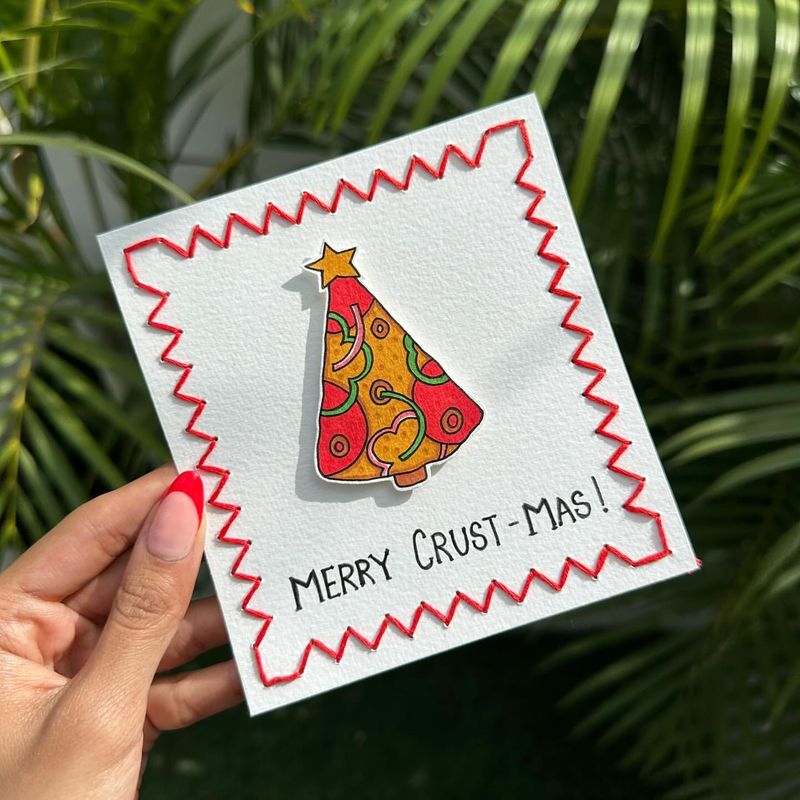
Americans spend December addressing envelopes to people they haven’t spoken with all year. This tradition began in 1843 when Sir Henry Cole commissioned the first commercial Christmas card in England as a time-saving alternative to writing individual letters.
Today’s digital communication makes this practice increasingly redundant. Social media provides year-round updates that once made annual holiday letters special.
Environmental concerns about paper waste and rising postage costs further challenge this tradition. Yet many Americans maintain elaborate card lists, feeling guilty when removing names. The yearly ritual persists through a combination of nostalgia and obligation, with recipients often displaying cards briefly before discarding these paper greetings.
12. The 2.5-Car Garage Expectation

American homes feature massive garages that often store everything except vehicles. This architectural feature exploded during post-WWII suburban development, symbolizing the American Dream’s car-dependent vision.
Today’s environmental concerns and urban housing shortages challenge this space-consuming tradition. Many households maintain multiple vehicles despite improved public transportation options and ridesharing services.
Garages frequently become storage units for possessions that don’t fit inside increasingly large homes. The tradition persists even as younger Americans show declining interest in car ownership and suburban living. Home builders continue including oversized garages because buyers expect them, creating a self-perpetuating cycle where housing design remains stuck in mid-century assumptions about transportation and storage needs.
13. Sunday Church Attendance
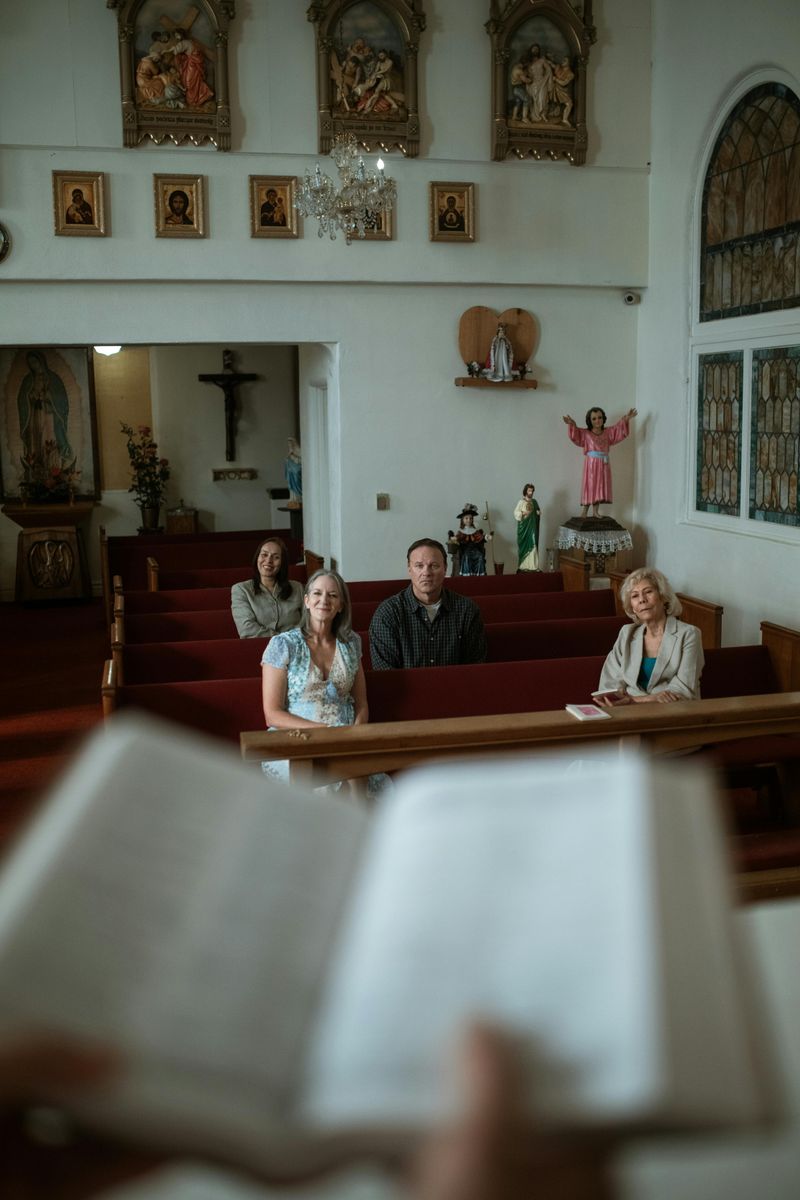
Americans continue weekly church attendance even as personal beliefs evolve. Many cite family expectations or community connections rather than spiritual fulfillment as their primary motivation.
Regular attendance has declined significantly in recent decades. Pew Research shows the percentage of Americans who attend religious services weekly dropped from 40% in 2007 to 29% in 2019, yet the Sunday morning ritual remains culturally significant.
Many maintain this tradition out of habit or fear of disappointing older family members. The practice continues as a social anchor despite shifting theological perspectives. Some congregants privately acknowledge the disconnect between their personal beliefs and institutional doctrines but value the community enough to keep showing up.
14. “Dress for Success” Suits

Wall Street warriors and corporate climbers continue donning uncomfortable formal attire despite workplace culture transformations. The modern business suit evolved from 19th-century British riding jackets, becoming standard American office wear during the post-war corporate boom.
Tech companies pioneered casual workplace attire in the 1990s, yet many traditional industries maintain rigid dress codes. The pandemic accelerated casual workplace trends when millions proved equally productive in sweatpants.
Studies consistently show minimal connection between formal attire and actual job performance. Still, many Americans invest thousands in uncomfortable clothing based on outdated assumptions about professionalism. Job candidates continue purchasing suits specifically for interviews, perpetuating a visual tradition increasingly disconnected from contemporary work environments.
15. Handshake Greetings

Americans extend right hands automatically upon meeting, rarely considering this custom’s ancient origins. Historians believe handshakes began as a way to prove neither person carried weapons, with the up-and-down motion dislodging hidden daggers from sleeves.
The COVID-19 pandemic briefly paused this tradition as health experts highlighted how handshakes transfer germs. Alternative greetings like elbow bumps, foot taps, and waves gained temporary acceptance.
As pandemic concerns faded, handshakes rapidly returned despite their questionable hygiene. Many people report feeling awkward or rude when declining extended hands. The greeting persists through social momentum despite scientific evidence suggesting alternatives might better protect public health.

Comments
Loading…